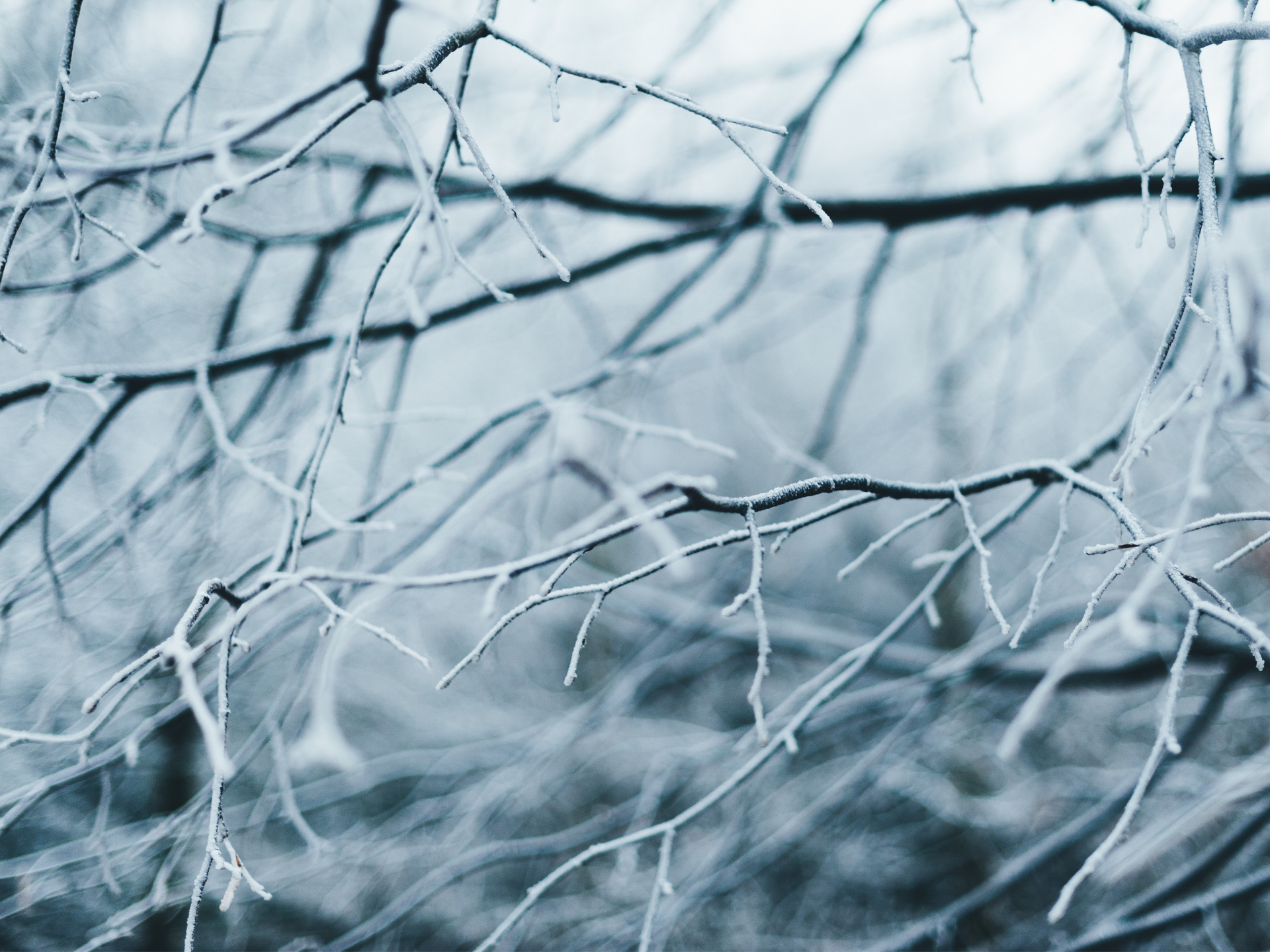How to cold-brew tea
We often think of tea as a warm, comforting drink that makes us feel nurtured and relaxed. But it can be just as enjoyable, and just as nourishing, when infused in cold water. While tea has been steeped in hot water for centuries, the technique of cold-brewing tea is a modern trend, one that creates a different flavour experience to traditional hot-steeping.
When tea is steeped in cold water, the level of caffeine in your cup is reduced* , as is any astringency, however the concentration of antioxidants that are drawn out of the leaves increases slightly^. The result is a refreshing, cold tea that is lighter in body, slightly sweeter, smoother and more mellow than its hot-steeped counterpart.
The technique
Cold-brewing is a very simple technique that doesn’t need as much precision as hot-steeping tea.
1. Use approximately 1 gram of dry tea leaves per 50 mls of cold, filtered water (you can also use left-over leaves you have already hot-steeped).
2. Add the leaves to a cup, teapot, jug or jar (either in an infuser net or loose), pour the water over, cover or put the lid on, then place in the fridge overnight or for 10 – 12 hours.
3. Strain and serve.
You can drink your cold-brewed tea chilled, with ice or leave it out and enjoy it at room temperature. You can also add garnishes of sliced fruit and edible flowers and play around with the type of glass or cup you serve it in.
Cold-brewed sparkling tea
I have recently been experimenting with cold-brewed sparkling tea. At last month’s NZ Coffee Festival in Auckland I featured a cold-brewed ‘Sparkling Darjeeling’ (a floral and fruity Indian black tea), where it was a huge hit. I have paired this particular tea with food and it makes a brilliant match with cold dishes – even better than when its hot-steeped. A cold-brewed sparkling tea is also a nice alternative to champagne or beer, with just as much flavour and no down side!
The technique is slightly different to a standard cold-brew as the carbonation accelerates the steeping process.
1. Use approximately 1 gram of tea per 100 mls of sparkling water (3g/300ml; 6g/600ml, 10g/1 litre and so on).
2. Using a funnel, pour the leaves into the bottle of sparkling water and screw the lid on tightly.
3. Place in the fridge and steep for 2 hours, before straining off and serving. Be careful when you open the lid as it often bubbles over.
Some teas, particularly white bud teas, need to steep a little longer and often need a quick hot steep first to open up the leaves. Two hours is a good starting point for all tea and you can experiment from there.
Types of tea
While any of the six types of tea can be cold-brewed, I find that teas with floral and fruity notes work best. I love using white tea, lightly oxidised oolong and Darjeeling or Sikkim black teas from India. It really depends on your flavour preferences. You can also add additional ingredients into the cold brew alongside the tea leaves, such orange, ginger, fresh mint etc to create additional flavour.
If you feel inspired after reading this post and give cold-brewing a go, I’d love to hear what you think. And don’t forget to tag us in your photos on Instagram or Facebook.
Happy experimenting!
~ Anna
If you found this interesting, please comment or share it below! ⬇
Join us and build your tea and wellbeing wisdom
If you would like to improve your tea and wellbeing knowledge, sign up to our mailing list below (underneath the comments form). I'd love you to join our community.
Notes:
*except in oolong tea where the caffeine content increases.
^ in green tea in particular.
*^ Source: Das, Chandrima; Chatterjee, Sirshendu (2017), International Journal of Pharmacognosy and Phytochemical Research
The stunning image at the very top of this page is courtesy of Anna Popovic @ unsplash.



